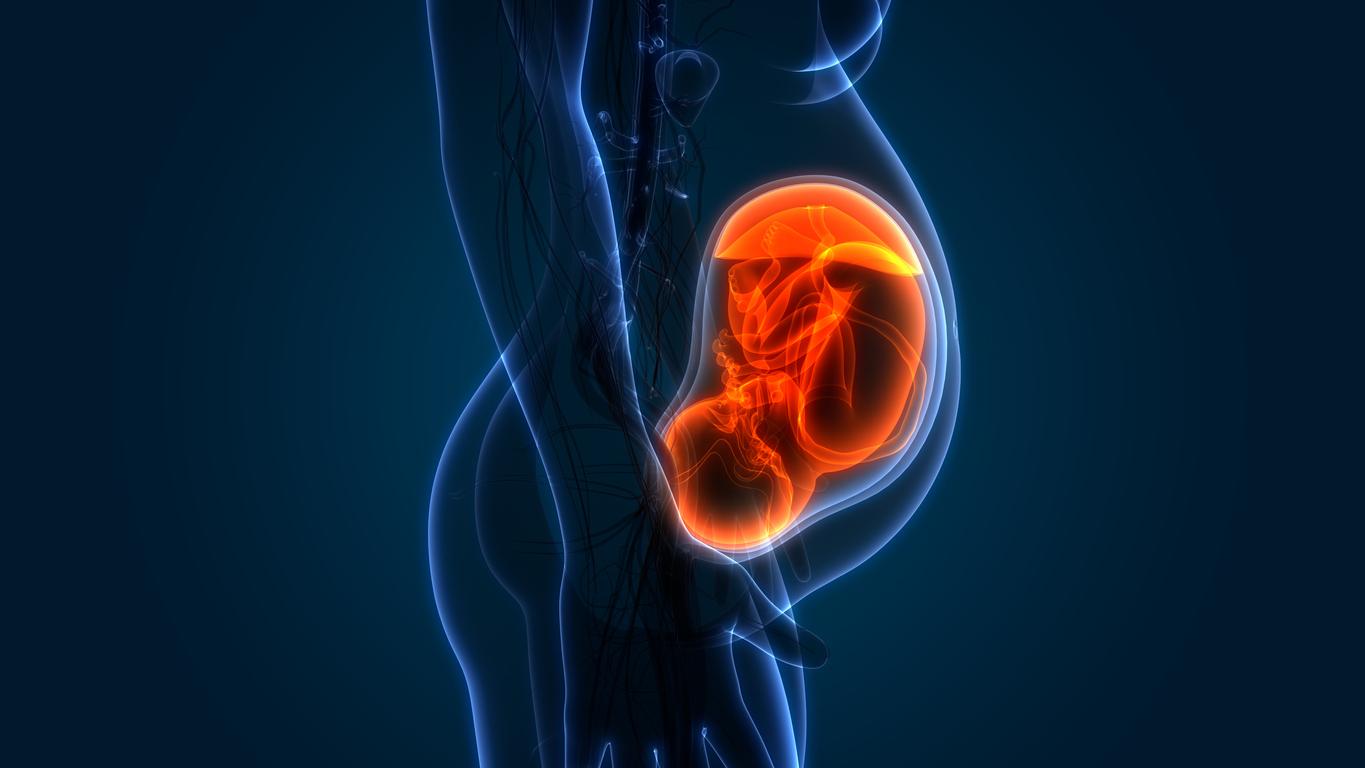Fine particle air pollution is correlated with a decrease in birth weight and the size of the skull of newborns.

Air pollution has an influence on birth weight. Several studies have already shown this. But few results concern fine particles, and their influence on fetal development.
A new one study conducted by the Scottish universities of Edinburgh and Aberdeen identified an association between the two. Mothers who breathe polluted air, especially fine particles, give birth to babies with smaller bodies, especially heads.
Pregnancy and fine particles
The study was conducted in the north of Scotland, over nearly 14,000 pregnancies between 2002 and 2011. The researchers compiled the physical characteristics of the fetuses – diameter of the skull and abdomen, and size of the femur – thanks to data collected during second and third trimester ultrasounds performed on pregnant Scottish women.
To relate them to air pollution, and possible peaks, they used readings of the atmospheric concentration of fine particles PM10 and PM2.5, and of nitrogen dioxide over the same period.
Same effects as cigarettes
And the results are significant. In the sample as a whole, exposure to pollution was clearly associated with a reduction in cranial diameter, starting at the end of the second trimester of pregnancy. At most, this reduction could reach 2 mm. However, the cranial size depends mainly on the development of the brain. This could therefore be altered.
The researchers also highlighted another significant result. This association between pollution and fetal development disappears in children whose mothers are smokers. And, studies have already shown, women who smoke give birth to babies with smaller heads.
Probably worse in Paris
These two results confirm the role of the atmospheric environment on fetal development, but also that high concentrations of fine particles can have an impact similar to that of smoking.
And again, the study was carried out in the north of Scotland, which is not the region of the world where the pollution is the most important! The PM2.5 concentration averaged 7.2 micrograms per cubic meter of air (µg / m3), with a peak recorded at 11 µg / m3. In comparison, the WHO recommends 10 µg / m3, and the European Union has only set the limit to 20 µg / m3.
In Paris, during pollution peaks, it can exceed 100 ug / m3! This Friday noon, it exceeded 25 µg / m3 around major automotive axes, while, overall, the air quality is good, according to the data Airparif.
Faced with these worrying data, Scottish researchers are calling on health agencies to react more firmly on accepted pollution levels. Because the current standards do not prevent an impact on the fetuses.
.

















